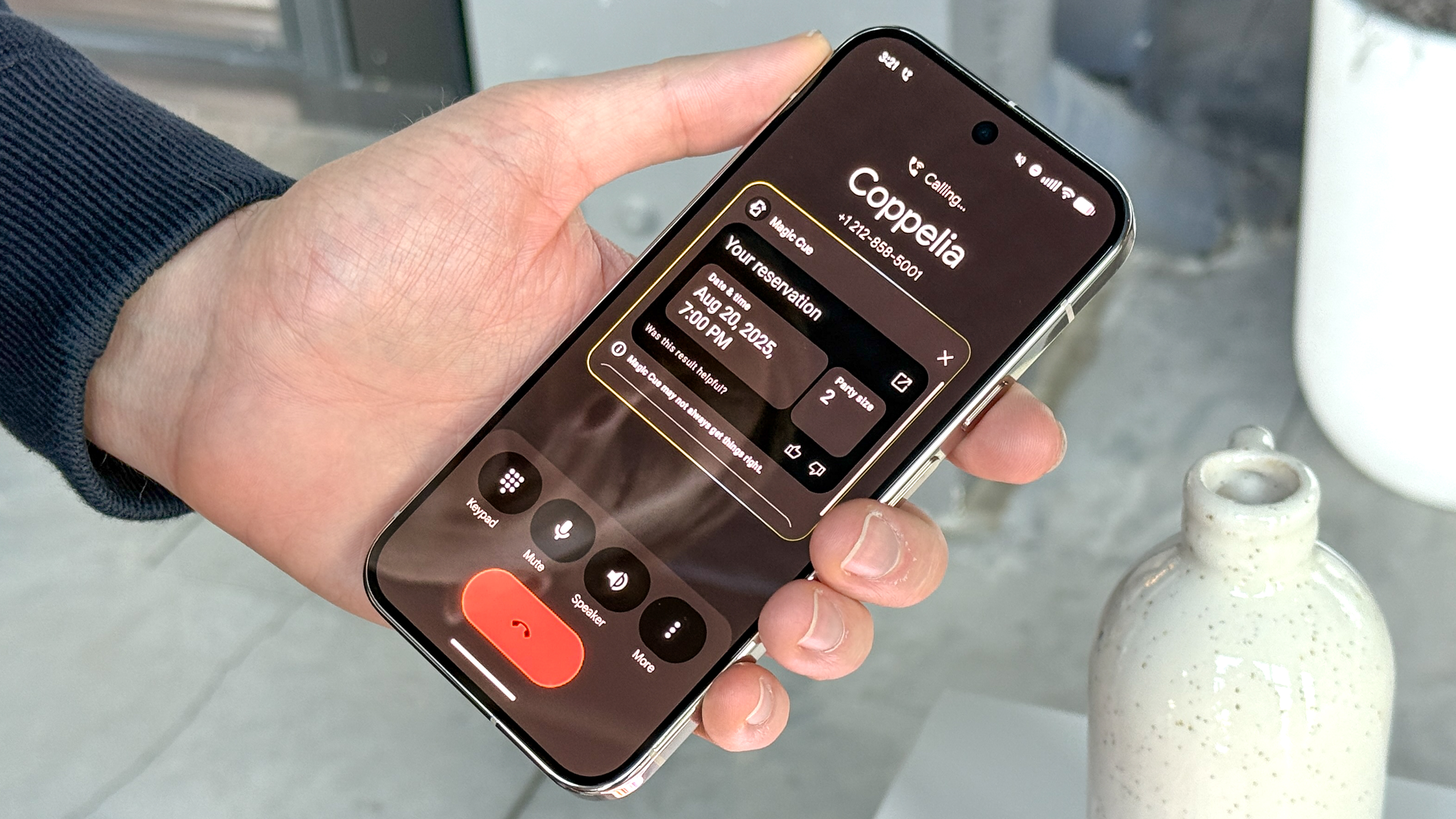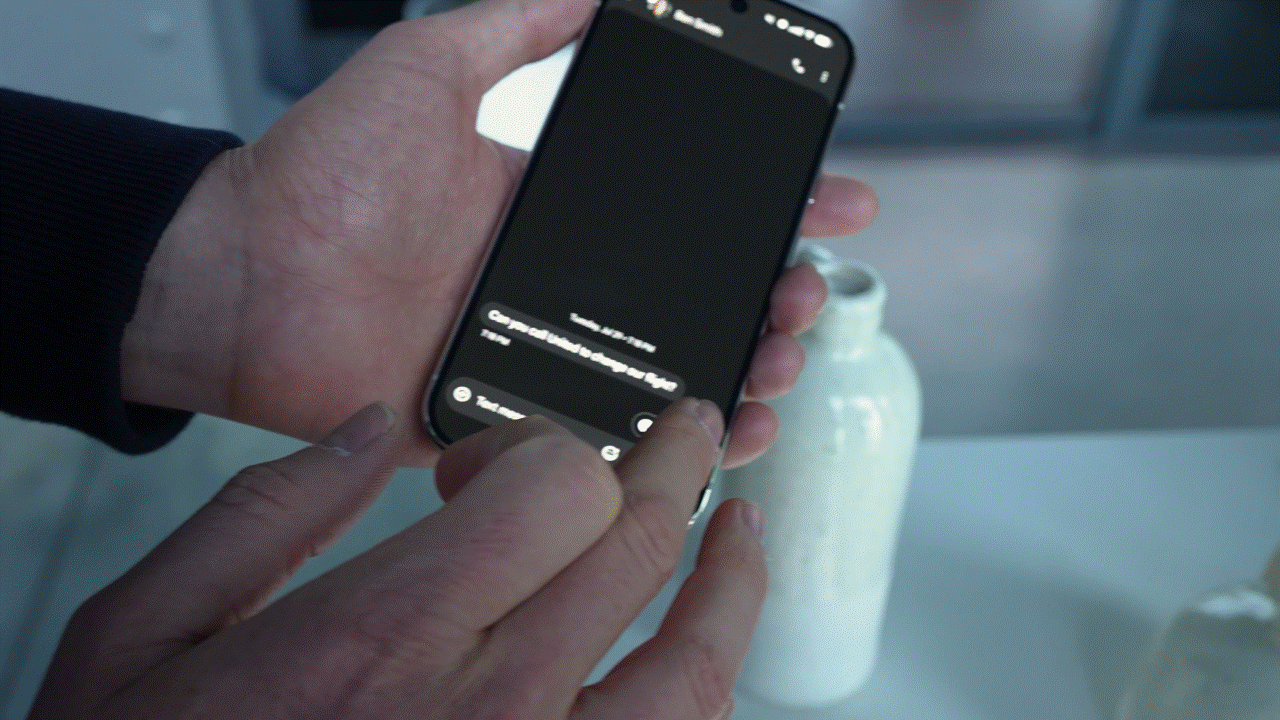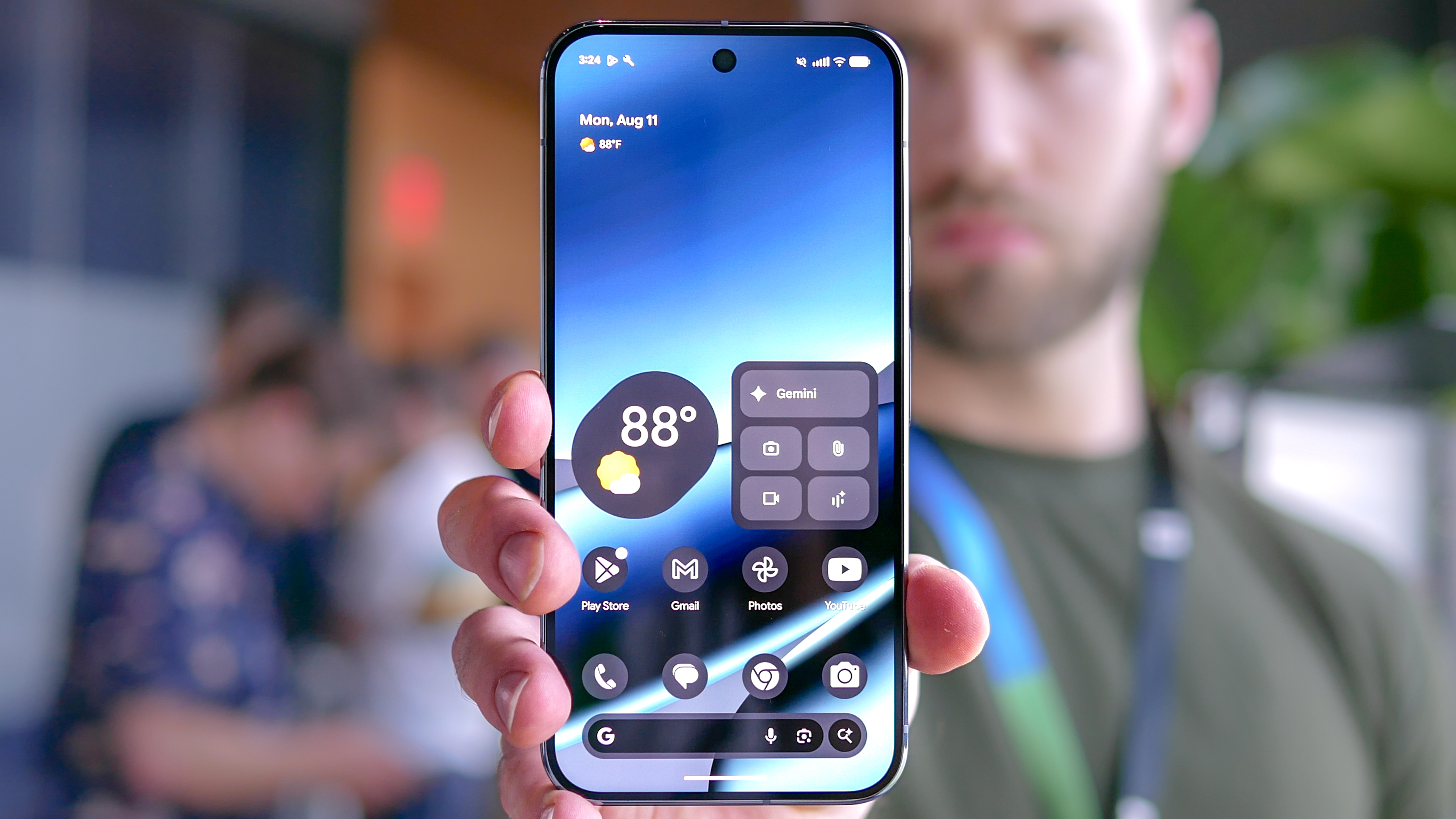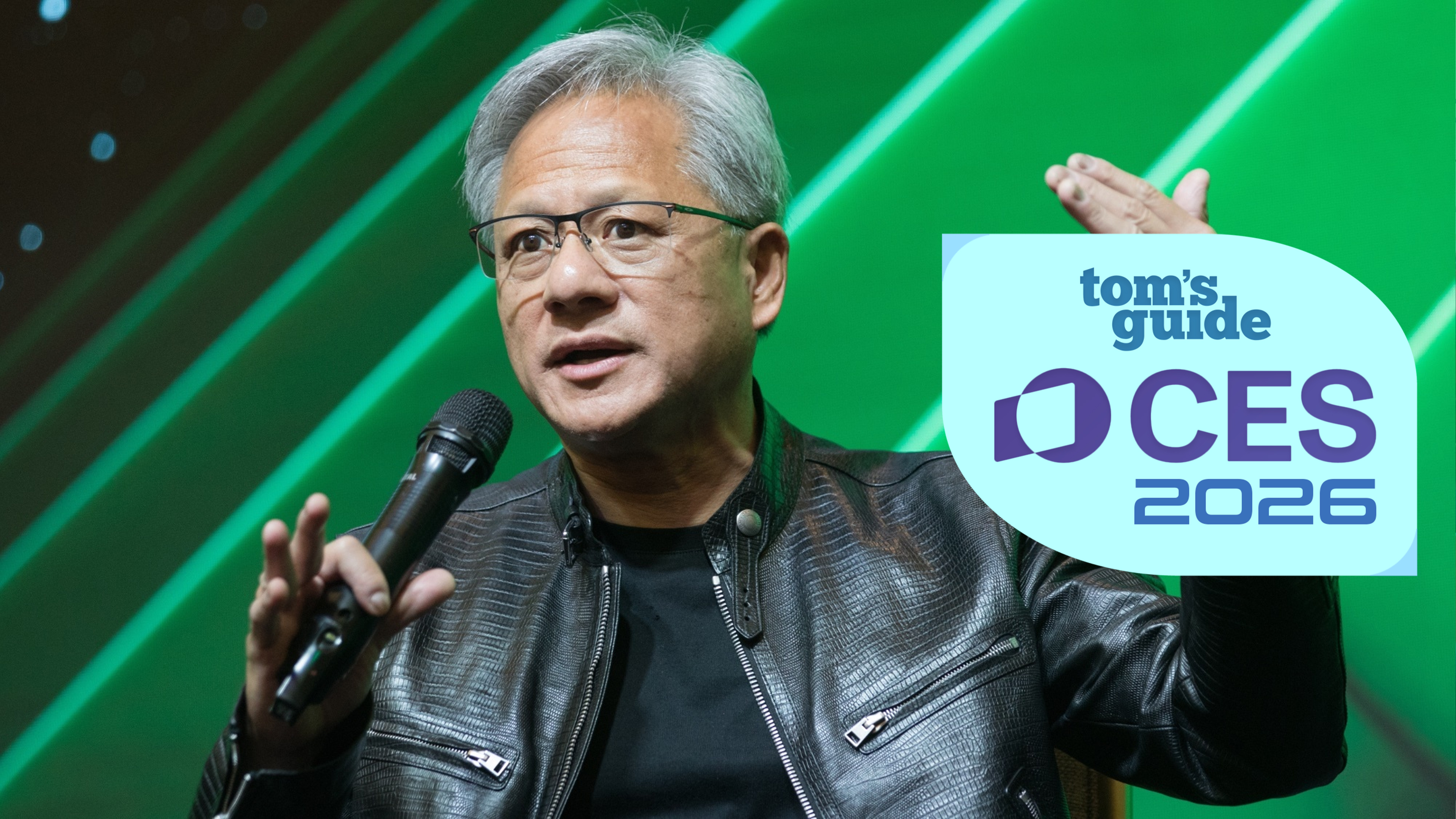Google just gave the Pixel 10 a genius AI feature Apple can’t match
Magic Cue on Pixel 10 shows just how far behind Apple is in the AI wars

With all the apps on my phone, I still often wish the device would just “get” me, you know? I’m talking about not just knowing I don’t mean “duck” or “he’ll” when I’m texting, but something that truly feels intelligent. Something that feels more like a true assistant. Enter Google’s new Magic Cue.
Debuting yesterday (August 20) at Made by Google, Magic Cue for the Pixel 10 phones is Google’s boldest attempt to make the smartphone truly intelligent. It's already making Apple’s AI efforts look behind the curve.
Where Siri still feels like a digital assistant waiting for directions, Magic Cue is much more of a proactive sidekick. It sees what you’re doing, anticipates what you might need next and then serves it up — contextually, intelligently and instantly without you ever needing to ask.
In other words, Magic Cue gets it.
What is Magic Cue?
Magic Cue is Google’s latest on-device AI feature, powered by the new Gemini Nano model running on the Pixel 10’s upgraded Tensor G5 chip. But it sets itself apart from other AI assistants and AI chatbots because it is a context-aware feature that watches your apps like Gmail, Calendar, Messages, Chrome and even your photo gallery. Magic Cue then surfaces relevant actions in real-time, across whatever app you’re using.
For example, let’s say you’re texting a friend who asks for your flight details. Magic Cue will read the context of that conversation and automatically suggest sharing your itinerary pulled from Gmail. We’re talking no digging around for the email in your inbox and no copy and pasting needed.
If you’re on hold with an airline, it might bring up your confirmation number on its own. It’s just that smart.
The power of proactive AI
Unlike Apple’s reactive approach to Siri or even iOS’s suggested actions (such as Writing Tools), Magic Cue is built to predict your needs in the moment. You don’t have to switch apps. You don’t have to think of the right command. It simply shows up when it’s helpful.
If you’re like me and are skeptical about how Magic Cue just knows or even wonder if it will be too intrusive for the sake of being “helpful,” we can probably chill with our concerns. Google has accomplished this “magic” with tight ecosystem integration, deep contextual understanding and fast on-device processing; so you’re not waiting on cloud servers to do the thinking.
Get instant access to breaking news, the hottest reviews, great deals and helpful tips.
The feature is built on Gemini Nano, Google’s most efficient AI model yet, and it runs entirely on-device for privacy and speed. Apple Intelligence similarly emphasizes on-device processing using the Neural Engine in its latest chips, but many of its more advanced tasks still rely on Private Cloud Compute. The difference with Magic Cue is that it already delivers seamless cross-app integration and real-time assistance, while Apple’s system is still early in rollout and more limited in context.
Real-world magic at your fingertips

Magic Cue is positioned as a core part of the Pixel 10 experience. Like Smart Reply or Live Translate in the past, this feature is designed to be subtle, helpful and privacy-conscious while running on-device.
Magic Cue may pop up when composing emails, coordinating plans in text threads and even during voice calls when making reservations or chatting with a doctor. Unlike Siri or Alexa, there’s no “Hey Google” required.
You also do not need to prompt Magic Cue: the awareness and assistance just exists, wherever and whenever it’s useful.
This is probably the closest thing we’ve seen yet to the holy grail of smartphone AI and Google’s the closest one yet to deliver it.
Apple can’t match this — yet

To be clear, Apple is investing heavily in AI, and features like Siri’s planned upgrades and Apple Intelligence show promising groundwork. But the experience still feels fragmented and early-stage.
For example, while Apple teased smarter email management in iOS 18, with features like priority summaries, auto replies and email rewriting, these tools are mostly confined to the Mail app itself and don't yet extend across multiple apps the way Google’s Magic Cue does. They also require you to manually initiate actions (like asking for a summary), rather than offering timely, automatic suggestions in the flow of conversation.
In contrast, Magic Cue works across apps, pulling in relevant info from Gmail, Calendar, Messages, Chrome and more to anticipate your needs in real-time. Whether you're replying to a text, composing an email or on a phone call, it’s always watching in the background and surfacing the right prompt at the right time, without being asked.
So while Apple’s features are modular and app-specific, Google’s approach is deeply integrated and contextual.
Bottom line
The Pixel 10 sets a new bar with Magic Cue for what proactive, intelligent smartphone assistance should feel like.
Until Apple can deliver something that matches this level of contextual fluency, Google’s Pixel remains light years ahead.
Follow Tom's Guide on Google News to get our up-to-date news, how-tos, and reviews in your feeds. Make sure to click the Follow button.
More from Tom's Guide
- Hundreds of thousands of Grok chatbot conversations are showing up in Google Search — here’s what happened
- Meta AI chatbots gave false medical advice and flirted with minors — now the company is restructuring its AI division again
- I just created 5 apps using GPT-5 and it's so easy it feels like it should be illegal — here's how to do it

Amanda Caswell is an award-winning journalist, bestselling YA author, and one of today’s leading voices in AI and technology. A celebrated contributor to various news outlets, her sharp insights and relatable storytelling have earned her a loyal readership. Amanda’s work has been recognized with prestigious honors, including outstanding contribution to media.
Known for her ability to bring clarity to even the most complex topics, Amanda seamlessly blends innovation and creativity, inspiring readers to embrace the power of AI and emerging technologies. As a certified prompt engineer, she continues to push the boundaries of how humans and AI can work together.
Beyond her journalism career, Amanda is a long-distance runner and mom of three. She lives in New Jersey.
You must confirm your public display name before commenting
Please logout and then login again, you will then be prompted to enter your display name.











